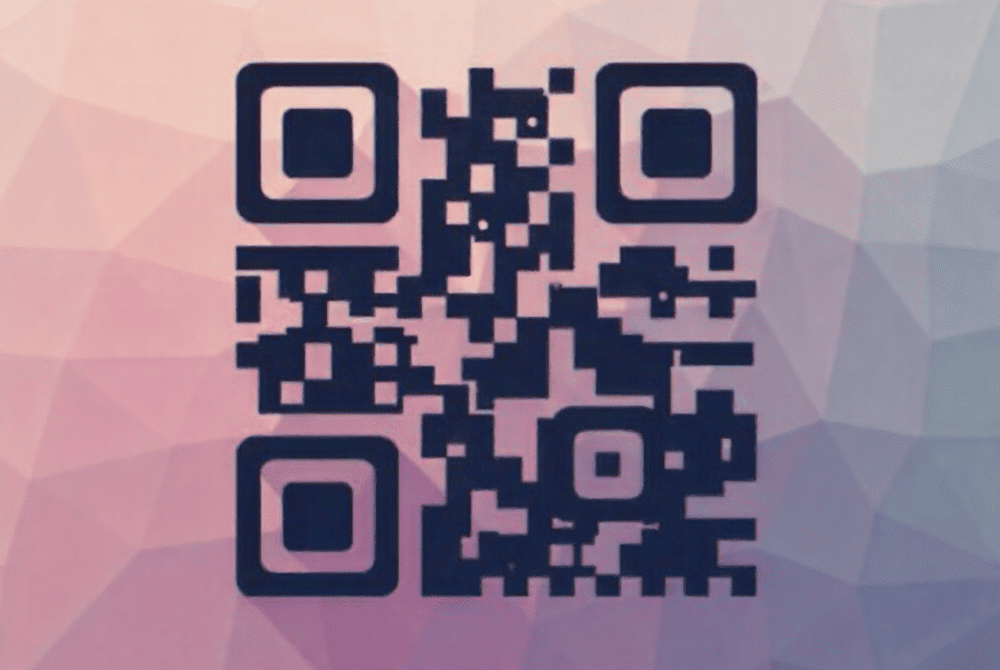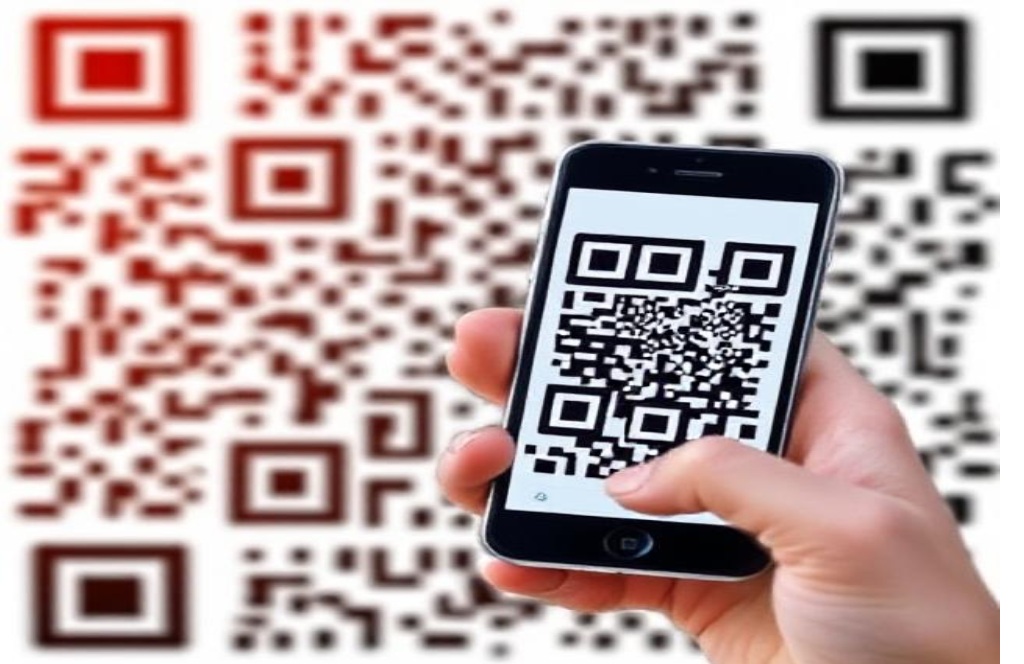In the world of secure payment systems, EMV certification is the cornerstone of global interoperability and fraud prevention. Every payment terminal, from traditional POS devices to advanced SoftPOS applications, must undergo a rigorous multi-level EMV certification process before being deployed for live transactions. These levels — EMV Level 1, Level 2, and Level 3 — collectively validate different aspects of the payment ecosystem, ensuring that each component, from hardware to software to host integration, functions in perfect harmony.
Understanding how these levels work together—and especially how Level 3 differs—is essential for payment terminal manufacturers, fintech developers, and acquirers aiming to achieve compliance with major card schemes such as Visa, Mastercard, and RuPay.
EazyPay Tech, as a trusted provider of EMV L2 kernel development and certification consultancy, specializes in guiding OEMs and payment innovators through every phase of the EMV compliance journey.
Understanding the EMV Certification Framework
The EMV (Europay, Mastercard, and Visa) framework was created to enhance the security and global compatibility of chip-based payment transactions. Unlike magnetic stripe systems, EMV cards contain a microprocessor that performs dynamic data authentication, making card cloning and fraud significantly harder.
To ensure every component in this ecosystem operates reliably, EMVCo defines a three-tier certification model:
- EMV Level 1 (L1): Physical and Electrical Interface Compliance
- EMV Level 2 (L2): Kernel Software and Transaction Logic Validation
- EMV Level 3 (L3): End-to-End Integration and Host Communication Testing
Each level has its unique scope, testing methodology, and approval process, but all three work in sequence to ensure a payment terminal is secure and fully interoperable.
EMV Level 1: Hardware and Physical Interface Certification
Level 1 (L1) focuses on the physical, electrical, and communication interface between the payment terminal and the EMV card (contact or contactless).
It verifies that the terminal can reliably read data from a smart card or NFC device under a range of environmental and electrical conditions.
Key Aspects of Level 1 Testing:
- Electrical signal compliance: Ensures that voltage, timing, and data exchange between card and terminal meet EMV standards.
- Contact and contactless interface validation: Tests both chip reader modules and NFC antennas for proper communication.
- Environmental robustness: Confirms that the terminal functions correctly under temperature, humidity, and electromagnetic variations.
- Interoperability: Ensures the device can read cards from multiple issuers and card brands globally.
Output:
Once approved, the device receives EMV Level 1 Type Approval, confirming it can physically interact with EMV cards without communication or power issues.
Typical Devices:
POS terminals, ATMs, vending machines, and self-service kiosks with EMV readers.
EMV Level 2: Kernel and Software Logic Certification
Level 2 (L2) focuses on the software layer, specifically the EMV kernel—the core component that manages the logic of EMV transactions between the terminal and the chip card.
The kernel performs critical tasks like card authentication, risk management, and cryptographic validation. Each payment scheme (Visa, Mastercard, RuPay, Amex, etc.) has its own set of specifications for L2 certification.
Key Aspects of Level 2 Testing:
- Application protocol data management: Ensures correct parsing of card data and transaction tags (TLV format).
- Transaction decision-making: Handles online/offline authorization logic, ARQC generation, and terminal risk management.
- CVM (Cardholder Verification Method): Manages verification methods such as PIN, signature, or no CVM.
- Cryptographic validation: Tests how the kernel performs ARQC/ARPC validation and issuer script processing.
- AID selection and scheme handling: Ensures proper kernel selection when multiple card brands are present.
Output:
A successfully certified kernel earns EMV Level 2 Type Approval from EMVCo or respective card schemes, confirming that its EMV logic and data exchange mechanisms meet the global standard.
Role of EazyPay Tech in L2 Certification:
EazyPay Tech provides scheme-specific EMV L2 kernels (Visa VCPS, Mastercard MCL, RuPay qSPARC) that are pre-certified and optimized for seamless integration with terminals or SoftPOS applications. This significantly reduces certification time and ensures readiness for L3 testing.
EMV Level 3: End-to-End System Certification
EMV Level 3 (L3) represents the final stage of EMV certification — where everything comes together.
While L1 and L2 focus on the terminal’s hardware and kernel logic, L3 ensures that the complete payment ecosystem terminal application, EMV kernel, acquirer host, and card scheme network operate seamlessly as one system.
In L3 certification, the focus shifts from individual component validation to end-to-end transaction verification.
Key Aspects of Level 3 Testing:
- Integration between terminal and host system: Validates message formats, field mappings, and response interpretation using ISO 8583 standards.
- Brand-specific test plans: Each card network (Visa, Mastercard, RuPay) has its own L3 test suite, ensuring compliance with brand rules and transaction flow requirements.
- Contactless and mobile transaction validation: Includes Tap-to-Pay and SoftPOS transaction scenarios.
- Reversal, refund, and completion tests: Ensures that all transaction states are correctly handled.
- Cryptogram validation: Confirms accurate ARQC/ARPC processing with issuer authorization.
- Host message analysis: Validates that the terminal correctly constructs, sends, and interprets authorization and financial messages.
Testing Tools and Simulators In EMV Certification
Commonly used L3 testing tools include:
- Visa Brand Test Tool (BTT)
- Mastercard Brand Center
- RuPay NPCI Test Suites
Each of these executes defined scripts for contact and contactless flows, generating logs for scheme review and approval.
Output:
After passing L3 certification, the complete POS or SoftPOS solution is officially authorized for commercial rollout and live payment acceptance.
How the Three Levels Work Together
The EMV certification ecosystem is layered and interdependent. Each level builds upon the previous one, ensuring complete end-to-end reliability.
Certification Level | Focus Area | Primary Validation | Output |
Level 1 (L1) | Hardware | Physical and electrical communication | Type-approved card reader / antenna |
Level 2 (L2) | Software | EMV kernel logic and data handling | Certified EMV kernel |
Level 3 (L3) | Integration | Host message, transaction flow, and acquirer validation | Certified terminal or SoftPOS for deployment |
Essentially, L1 enables communication, L2 ensures proper processing, and L3 confirms full interoperability with the acquiring host and payment network.
Without passing each stage, the next cannot proceed — making the EMV certification hierarchy an unbroken chain of compliance.
How EMV Level 3 Differs from Level 1 and Level 2
While all three levels share the same goal—secure, interoperable, and compliant payments Level 3 introduces a broader scope. It is not just about hardware or software compliance; it tests real-world functionality and host behavior.
Key Differences at a Glance:
Feature | EMV L1 | EMV L2 | EMV L3 |
Scope | Hardware interface | Kernel software logic | End-to-end integration |
Focus | Physical communication | EMV transaction rules | Host message validation |
Testing Entity | EMVCo-accredited labs | EMVCo/scheme labs | Scheme or acquirer |
Tools Used | Oscilloscopes, electrical analyzers | EMVCo test suites | Visa BTT, Mastercard Brand Center |
Output | Certified reader | Certified kernel | Certified payment device/application |
Dependencies | Device design | L1 completion | L1 + L2 completion |
Purpose | Hardware reliability | Software compliance | Transaction and host interoperability |
In simple terms:
- L1 ensures your terminal can talk to the card.
- L2 ensures it can interpret and process what the card says.
- L3 ensures that the processed data travels correctly to the acquirer and is approved by the network.
The Importance of L3 in the Payment Ecosystem
While L1 and L2 are often manufacturer-focused, L3 certification directly impacts acquirer integration, scheme acceptance, and user trust. It is the step where the payment system demonstrates it can handle all scenarios from card tap to authorization approval accurately and securely.
L3 certification validates:
- Consistency in multi-scheme environments (Visa, Mastercard, RuPay)
- Host system synchronization and ISO 8583 compliance
- Error-free transaction processing
- Support for both contact and contactless (Tap-to-Pay) transactions
- Commercial readiness for deployment
Without L3 certification, even an L2-certified terminal cannot go live because it hasn’t proven its interoperability with the acquiring network.
EazyPay Tech’s Role in EMV Certification
EazyPay Tech provides end-to-end EMV compliance solutions designed for terminal manufacturers, fintech startups, and acquirers who aim to bring new payment technologies to market.
Our services include:
- EMV L2 Kernel Development and Certification for Visa, Mastercard, RuPay, and more.
- Pre-certification Consulting for L3 Readiness to minimize failures during host integration.
- Test Execution Support using scheme-approved simulators and test suites.
- Contactless and SoftPOS Testing Support aligned with PCI MPoC and EMVCo standards.
- Post-Certification Debugging and Integration Assistance.
By leveraging our certified EMV kernels and L3 certification experience, clients accelerate approval cycles and reduce the complexity of dealing with multiple scheme requirements.
The journey from EMV Level 1 to Level 3 is a step-by-step validation process that ensures every element in the payment ecosystem hardware, software, and host communication—functions as one secure, interoperable system.
While Level 1 and Level 2 focus on ensuring that the device can communicate and process EMV data correctly, Level 3 validates how those transactions behave in the real world when interacting with acquirers and payment networks.
In short, Level 1 and 2 build the foundation, but Level 3 gives the terminal its passport to operate globally.
EazyPay Tech stands as a trusted partner for manufacturers and fintech innovators, guiding them through EMV certification, testing, and compliance helping them deliver reliable, secure, and fully certified payment solutions to the world.








